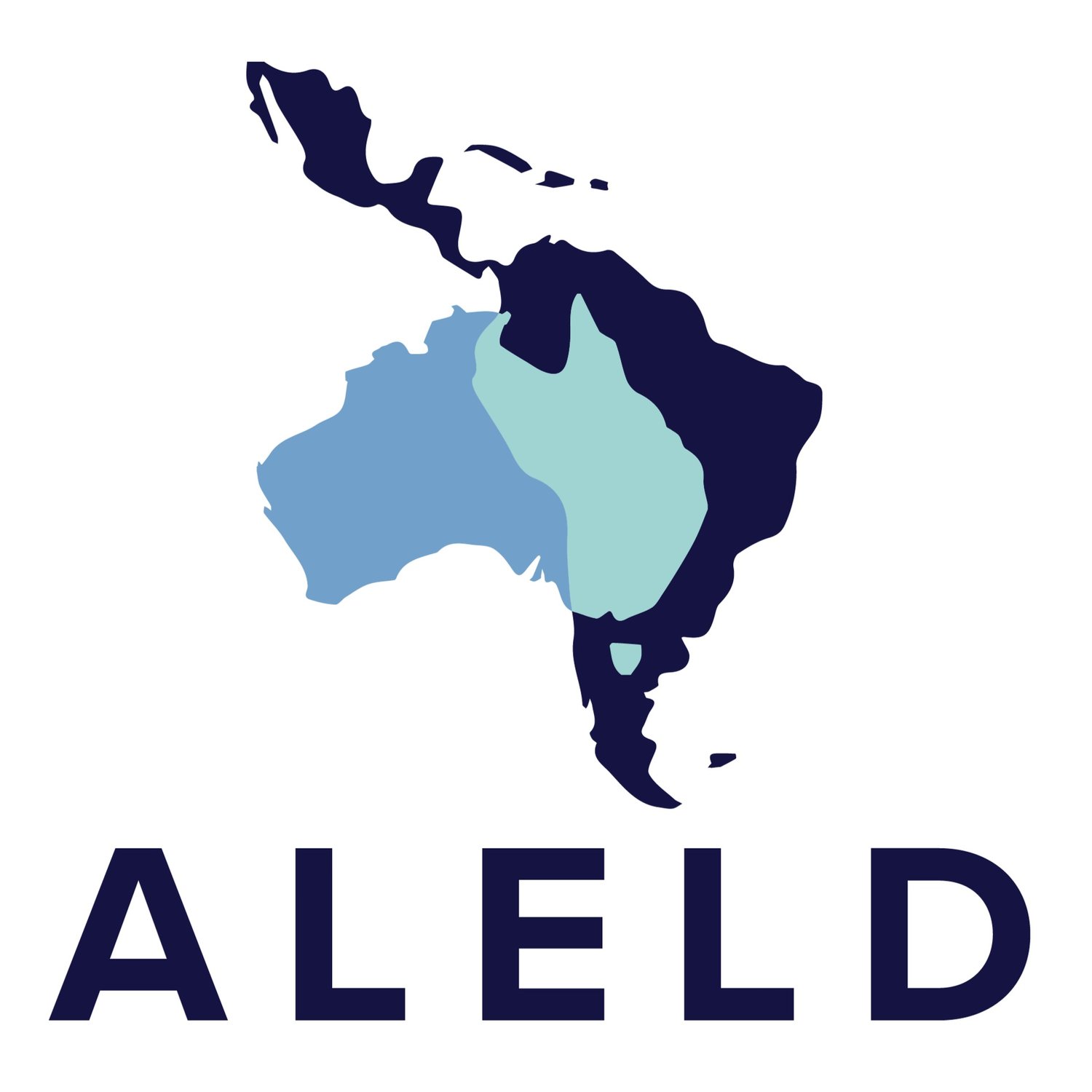Australia and Latin America, Relationship Building through Education: a Missed and Underrepresented Opportunity.
The University of Sydney. Source: Unsplash.
Though often forgotten, Australia and Latin America are neighbours, divided by the Pacific Ocean. Despite the physical distance, commonalities abound. For decades shared commitments to democratic political ideals as well as common interests in environment, climate change, Indigenous policy, agriculture, and resources have helped foster international cooperation.
Education is one sector with the potential to help consolidate and expand this existing relationship. Education is Australia’s fourth-largest export, with income from the sector totalling over $36 million and attracting over 520,000 international students this past financial year. These students support the economy directly through education course fees and contribute to the national economy through indirect spending, contribution to innovation, and intellectual capital. Australia’s educational systems, including higher education and vocational education and training (VET), are well-regarded internationally.
The 2000s saw substantial growth in Latam-Australia cooperation in the education sector. The Council on Australian Latin American Relations (COALAR) launched an Education Action Group, helping to drive a surge in Latin American enrolments. In the years since the Federal Government has downgraded such initiatives in the region.
This is in spite of continued recognition in government circles of the possibilities a trans-pacific educational partnership could hold. States such as Victoria have taken matters into their own hands, with a state-based Latin American trade and investment strategy with education front and centre. Queensland TAFE in 2015 entered into a formal cooperative partnership with the Colombian government's vocational training provider. In March 2022, the Federal Government's representative in Colombia engaged in the Catedra Australia Conference with the aim of stimulating dialogues around the development of academic programs between the two countries. The Federal Government's lack of follow through on such initiatives has caused confusion, with states building their own relationships through education while the Federal Government neglects the opportunity.
Intercultural capacity is an increasingly important attribute of a global citizen, with the ability to live and work dependent on intercultural competence and awareness. Between Latin America and Australia, a major deficit can be seen in mutual low levels of knowledge and understanding of one another, a likely side effect of geographical and language barriers.
The growth of this intercultural capacity is bound to language capacities. Knowledge of foreign languages is associated with understanding the complexity of cultures, and appreciation of others’ world views, and is further linked to increased career opportunity with important economic benefits for individuals and states’ economies. However, as the Final Summit Report 2020 highlights, despite the need for bilingual employees, language training in Australia has fallen into ‘destitute’. As of 2022 in Australia, only 21 out of 43 universities offered Spanish courses. Highlighting and easing mobility to the region in a two-way educational relationship incentivises language learning on behalf of Australian cohorts, helping restore this deficit in intercultural capacity.
There are also financial barriers to student mobility and travel. Though the funding of mobility programs for education is common practice for other regions, such as the New Colombo Plan, the Australian Federal Government currently provides no financial aid to education opportunities education for Latin American and Australian students.
From personal consultation with stakeholders, it has been suggested that the lack of federal scholarship initiatives makes Australia a less competitive destination. Other locations, including Europe and Canada, are more successful in attracting students despite having similar geographical and language barriers. These countries provide nationally funded scholarships to students in the region, which subsidise not only education but also cost of living expenses.
Source: Unsplash
Following the events of the COVID-19 pandemic, the number of international student enrolments in higher education in Australia fell dramatically.
As a result, the Federal Government has understood the need to rebuild a strong international education cohort following the negative effects of COVID-19. This is outlined in the Federal Government’s Australian Strategy for International Education 2021-2030. Recommendation 1.1 Action of the report’s strategy stresses “...diversifying student cohorts, courses and modes of delivery”. Considering these facts and the potential size of the burgeoning Latin American middle class as a market for education, the experience of the inability to gain federal funding for educational initiatives is a great missed opportunity.
In 2020, enrolments from Colombia and Brazil in Australia reached an all-time high as the 4th and 5th largest markets for students. Over 35,000 Colombian students commenced or continued study in Australia in 2023. Despite dropping to 6th place in 2024, the Colombian market experienced a 21% growth rate in the past year alone.
Australia and Latin America are neighbours, though with great historical dividers that have driven Australia’s ignorance of the prospects provided by this region. Education is a great and important export sector and also the pride of Australia. However, the current situation illustrates how Latin America has been neglected by the Federal Government, due in part to an absence of incentives, to help enrich this relationship. The Australian Government needs to recognise the opportunity in Latin America and place a greater importance on education as a mechanism for building not only relationships and cultural understandings, but also economic and human capital.
Content Disclaimer
The views expressed in this article are those of the author and do not necessarily represent the views or opinions of the Australia Latam Emerging Leaders Dialogue




